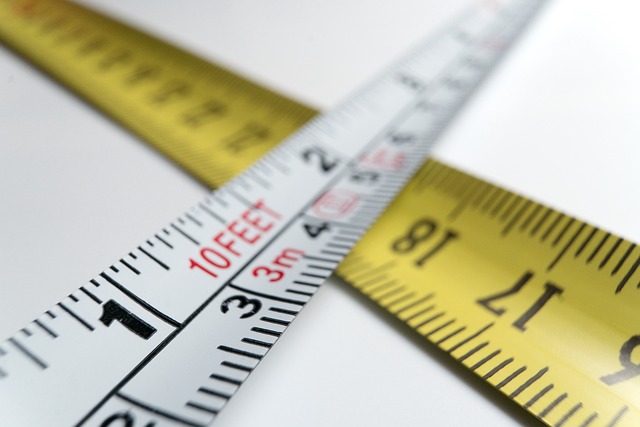Transforming millimeters to inches may seem like a small mathematical task, but it’s a skill that comes in handy in many areas of our daily lives. Whether you’re a repairman, designer, engineer, or just a creative soul, the ability to convert metric measures to imperial measures will be your trusted tool.
By converting from millimeters to inches, you’ll be able to estimate dimensions quickly, create accurate drawings and measurements, and interface with American standards. This process demonstrates mental flexibility and assists with communication in today’s world, where different measurement systems are intertwined.
In this article, we will look at how to convert millimeters to inches, providing clear instructions and examples to ensure you can easily make this modification and apply it to everyday situations. Let’s dive into the world of metric and imperial measurements and master this helpful skill.
Millimeter
The millimeter stands out as a diminutive yet precise contender in the intricate dance of dimensions elements. A thousandth part of a meter, the humble millimeter may be small in stature. Still, it holds immense importance in myriad fields, from engineering blueprints to the delicate world of jewelry. In many cultures and professions, precision is paramount, and a fraction of a length can signify a vast difference in outcomes.
In these scenarios, the millimeter, often denoted as ‘mm,’ proves its worth. The crafting of intricate machinery, the calibration of scientific instruments, or the design of minute computer chips all rely heavily on the precision of mm to ensure flawless functionality and design aesthetics.
Inch
Across the Atlantic, the inch reigns supreme as a preferred unit of length. Rooted in the historical measurements of the width of a thumb, the inch has evolved over centuries, maintaining its significance in everyday applications and specialized industries alike. The term “inch” has its origins in the Latin word “uncia,” reflecting its Roman roots.
Today, in countries such as the United States, it plays a pivotal role in construction, design, and daily conversation. While the rest of the world might rely on the metric system, the inch showcases the distinctive blend of tradition and modernity that characterizes many Western civilizations.
How to Convert millimeters to inches
The bridge between these two units is forged through conversion. A simple mathematical ratio does the trick when the need arises to transform millimeters into inches. 1 mm to the inch is approximately 0.03937 inches. This transformational knowledge becomes invaluable in industries that operate globally, catering to both metric and imperial measurement preferences.
So, if you’ve ever wondered how many mm in an inch, the answer is about 25.4. This means if someone asks the equivalent of 30mm to inches, one can swiftly calculate it to be approximately 1.1811 inches. For professionals and enthusiasts alike, knowing how to convert mm to inches adeptly can pave the way for seamless communication and flawless execution in projects that span across borders and measurement systems. You can also use free online calculators such as OneConvert to calculate it fast and easily.
Converting mm to inches is also a key aspect in the world of manufacturing and construction. Whether creating exquisite furniture pieces or building significant architectural structures, accurate measurements are essential, and understanding how to convert millimeters to inches contributes to the quality and reliability of projects. Knowing this process also strengthens your maths skills and contributes to your ability to solve various problems.

One Comment
I really like your blog.. very nice colors
& theme. Did you make this website yourself or did you hire someone
to do it for you? Plz respond as I’m looking to create my own blog and would like to find out where u
got this from. thanks